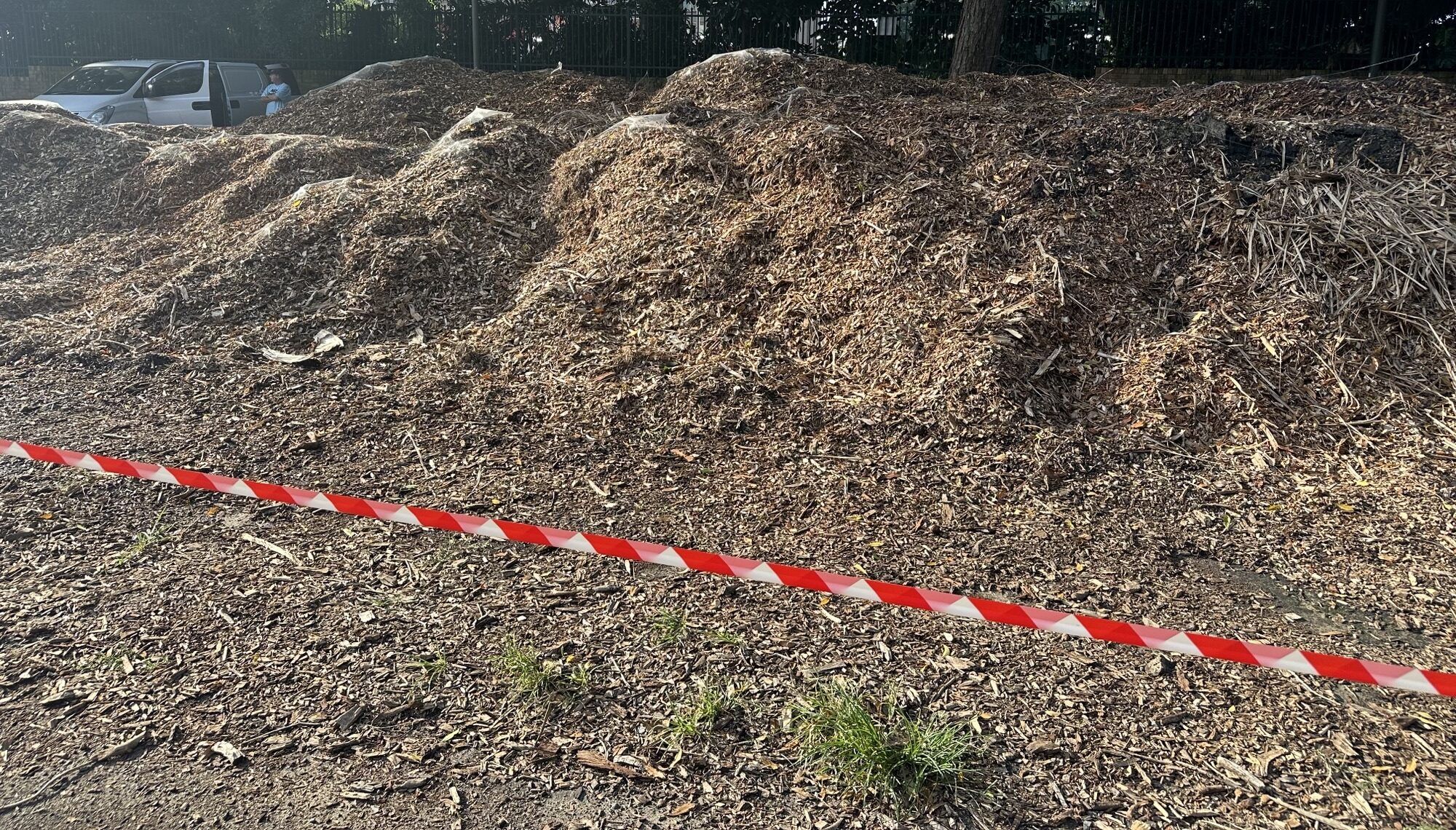Recent investigations1 from Sydney and Regional New South Wales have raised concerns about the presence of asbestos fragments in landscaping materials. While the exact source remains unclear, this discovery has placed a spotlight on the potential hazards that asbestos-contaminated garden mulch might pose in public and private open spaces.
For over 35 years, CETEC have been at the forefront of addressing these types of hazardous material assessment projects. Our expert team specialises in conducting full evaluations of asbestos presence, conforming to the stringent guidelines set by Australian legislation for governments, councils, organisations, and the general public. Our testing, analysis and advice have safeguarded many sites, ranging from schools and hospitals to airports and residential areas.
Given the historical prevalence of asbestos meticulous Risk Assessments are essential. These evaluations are vital for gaining a comprehensive understanding of the presence, condition, quantity, and potential exposure to asbestos, thereby facilitating effective risk mitigation strategies. It is critical to understand that the level of risk associated with asbestos is contingent on its condition (friable or non-friable/bonded) and form. It’s a nuanced field where not all materials containing asbestos present the same degree of hazard, thus influencing the approach and costs associated with remediation.
A detailed understanding of asbestos risk necessitates a thorough risk assessment conducted by seasoned professionals. This assessment includes on-site evaluations and reliable laboratory testing to validate the findings.
To learn more about how CETEC can assist in determining the presence of asbestos and other contaminants with professional assessment and project management of associated risks, please contact one of our offices through our ‘Contact Us’ page.



